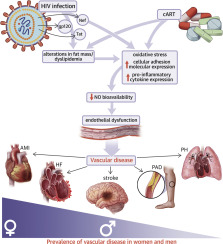Biofuels and Biorefining: Volume 1: Current Technologies for Biomass Conversion, Volume , 1 January 2022
Food Systems Modelling: Tools for Assessing Sustainability in Food and Agriculture, Volume , 1 January 2022
Violence against women (VAW) is a violation of human rights rooted in gendered social structures and a pervasive problem worldwide. It cuts across age, socioeconomic, educational, and geographic boundaries, affecting all societies. Women and girls are disproportionately impacted by gender-based violence, which causes immense harm, suffering, loss of dignity, along with immediate and long-lasting medical and psychological damage. It also places a heavy burden on societies and economies.
Across cultures, women prefer participation in nonviolent opposition to government rather than violence. Civil resistance entails intentionally nonviolent acts such as demonstrations, strikes, and nonparticipation to pressure government to respond to demands.
Violence against sexual minorities is a significant social problem. On a global level, its primary manifestation is in state-sanctioned violence by law enforcement officials. In some countries, extralegal violence is also widespread. The landscape of victimization has changed dramatically as sexual minorities have gained greater visibility and acceptance. This chapter provides a historical and cultural overview of legal and extralegal violence against sexual minorities around the globe.
Wajid Umar, Muhammad Zia ur Rehman, Muhammad Umair, Muhammad Ashar Ayub, Asif Naeem, Muhammad Rizwan, Husnain Zia, Rama Rao Karri,
Chapter 10 - Use of nanotechnology for wastewater treatment: potential applications, advantages, and limitations,
Editor(s): Janardhan Reddy Koduru, Rama Rao Karri, Nabisab Mujawar Mubarak, Erick R. Bandala,
In Micro and Nano Technologies,
Sustainable Nanotechnology for Environmental Remediation,
Elsevier,
2022,
Pages 223-272,
ISBN 9780128245477,
https://doi.org/10.1016/B978-0-12-824547-7.00002-3
Translational Autoimmunity: Autoimmune Disease Associated with Different Clinical Features, Volume , 1 January 2022

